Every army in the world trains to fight, but not every army trains ‘smart’. For decades, conventional training in the field has been the backbone of combat readiness. Convoys plying across training grounds, huge quantities of ammunition being fired in live-fire exercises, thousands of gallons of fuel being burnt by hundreds of combat and logistic vehicles doing training manoeuvres – field-mode training is all this and more. It surly works in its own way but is costly, wasteful, and increasingly unsustainable.
Also, what does field-mode training leaves behind beyond battle-hardened troops is a huge trail of carbon emissions, mauled and degraded land, depleted resources, and ballooning logistics costs. Training is essential. Nevertheless, in today’s strategic context, the way we train matters as much as what we train. To meet the demands of modern warfare and a warming planet, our training must be as advanced as the threats we face.
Simulators – The Saviours of the Environment
Zen Technologies’ advanced training solutions are re-shaping how the armed forces prepare for operations. Systems like Tactical Simulators (TacSim®), Infantry Weapon Training Simulators (IWTS®), Combat Training Centres (CTC) and more, are not just combat training solutions. These in fact, these are the harbingers of modern and smart training that is completely environmental-friendly.
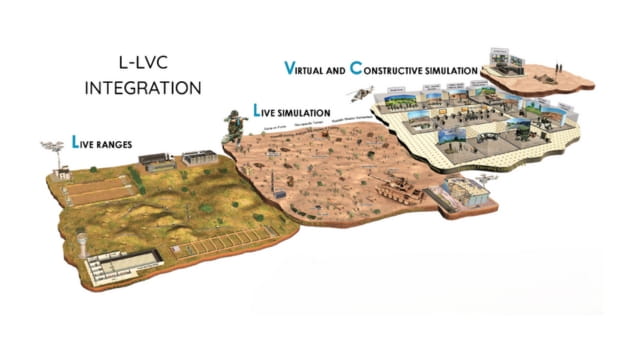
CTC
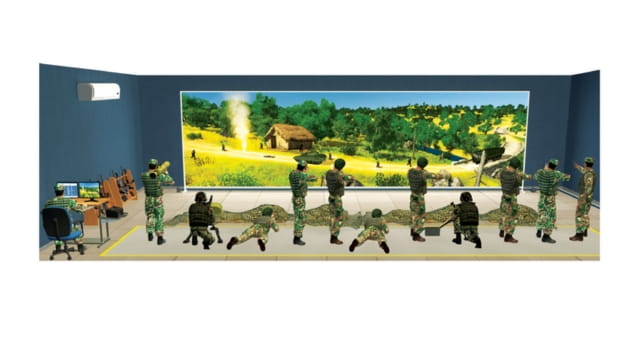
(IWTS®)
Studies backed by empirical research have proved that even a small percentage shift from conventional training in heavy combat equipment like T-90 tanks to their respective simulators, such as the T-90 Driving Simulator and the Crew Gunnery Simulator, can prevent thousands of tons of emissions and save significant resources. This drives home a basic point – ‘effective training can also be environmentally responsible’, proving how sustainable military innovation can deliver both efficiency and ecological benefits.
Our simulators provide immersive, realistic and effective training in drastically reduced time and cost… all this with without a single round of ammunition being fired, without a litre of diesel being burnt and without an acre of land being mauled! The result? Minimal impact on combat readiness, with significant gains in environmental sustainability.
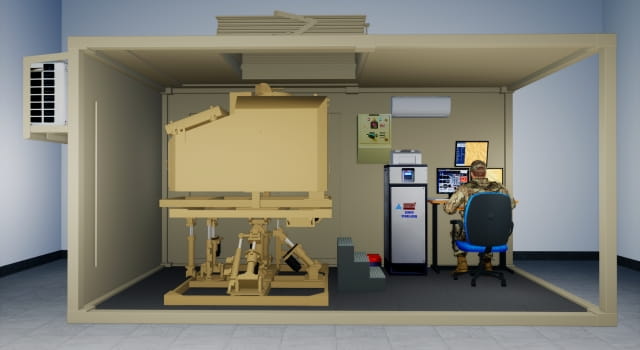
Tank DS & CGS
Claims Supported by Scientific Data
The above claims to environmental sustainability are not hollow. Joint Studies undertaken by Zen with The Energy and Resource Institute (TERI — the nationally accredited, not-for-profit policy research organisation working in the field of energy, environment and sustainable development) have worked out quantified data on the environmental and economic costs of simulators. Quoting from the above Studies, a Field Crew Gunnery Training Simulator over a 30-year service life prevents 3,676 tonnes of CO₂ from entering the atmosphere and frees up ₹381 Cr in training costs. That’s not a trivial figure; it’s ₹12.7 Cr saved every single year!
Going further, the T-90 Tank Driving Simulator also has an impressive sustainability signature. The use of this simulator will end up saving 1919 Tons of CO₂ over a 30-year period, amounting to INR 136 Cr or 4.54 Cr per annum. Imagine a whopping ₹136 Cr saved—equivalent to funding an entire regiment’s modernisation drive without touching the defence budget’s top line!
Not only the big guns, but even the smaller systems prove the point. A Light 4-Wheeler Vehicle Simulator cuts 103 tonnes of emissions and saves ₹56 lakh over 15 years. Imagine these numbers growing exponentially when scaled across Army’s entire training load footprint of thousands and thousands of light vehicles!
Ammunition-based calculations on environmental sustainability undertaken in Zen-TERI joint Studies have revealed huge annual gross reduction in emission of CO₂ if only a small percentage of field training is shifted to simulators. For instance, a mere 15% shift of training to IWTS across five Combat arms, viz, Infantry, Artillery, Army Air Defence, Armoured Corps, and Mechanised Infantry will save a whopping 12,957 tons CO₂ eq/year. This makes a compelling case for green defence technology and eco-friendly military training systems that balance operational preparedness with sustainability.
Individually, these savings are impressive enough. Combined, they will amount to no less than a strategic multiplier; delivering force readiness with minimal financial liabilities and huge environmental savings.
Many Advantages; Many Takeaways
The key advantage in simulator-based training isn’t just environmental. It’s operational. Simulators allow for building in more battlefield realism, incorporating more variations in the threat types leading to progressive enhancement of trainee skills. Commanders can design combined arms tactical scenarios unfolding in real-time and exposing the trainees to react as they would in actual battlefield conditions.
The most important takeaway besides reduced time and cost of training is the capability of the system to yield Combat Readiness Score or CRS. CRS is a digital measure of readiness for individuals/crews/tactical teams assessed over many weighted user-defined variables. It helps the commander in knowing the real worth of their command. CRS makes the erstwhile general subjective assessments like good/not-so-good etc., a passé. Simulators also shun the farce of one-sided training by putting in place a worthwhile adversary and letting the trainee fight in real-war scenarios.
Capability to provide unlimited simulated live-fire practice reduces the need to fire live ammunition at Field Firing Ranges (FFRs) – the biggest environmental polluter. Such sustainable defence technology innovations ensure that the armed forces do not have to compromise on realism while adopting more planet-friendly solutions.
This isn’t training that compromises, it’s training that compounds. Every cycle sharpens judgment. Every iteration tightens reflex. Every data point becomes a building block for stronger performance. And none of it comes with the environmental baggage of conventional field mode training.
Aligning with a National and Global Reality
India has committed to ambitious climate targets. Its armed forces cannot be left out of the equation. Defence operations are energy-intensive by nature, and globally, military emissions are projected to rise sharply, potentially accounting for up to 25% of global GHGs by 2050 if left unchecked.
Simulator-based training gives India an edge here, not just in emissions reduction, but in climate leadership. Zen is already making this happen on ground.
Zen Technologies has secured a ₹152 crore order from India’s Ministry of Defence to supply its Integrated Air Defence Combat Simulator (IADCS) for the L70 gun, a fully virtual system developed in-house to replicate air defence operations with precision and without live-fire requirements. Use of this simulator alone at a 15% penetration level will end up saving 82.044 Tons of CO₂ eq in emissions per annum and will turn in an economic benefit of 101.08 Cr every year. That is the real impact of simulators, showing how eco-friendly defence systems are not just futuristic aspirations but real, measurable game-changers for armies.
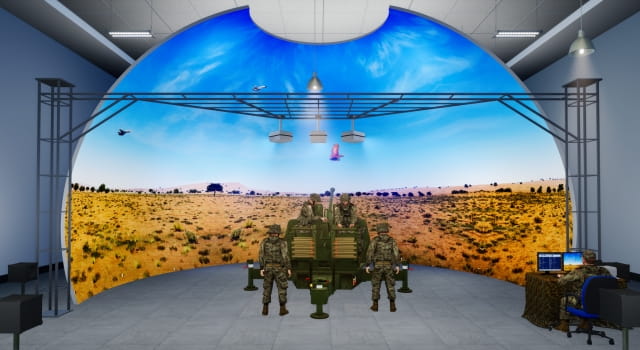
IADCS
By embedding energy-efficient hardware, optimised software, and renewable-ready power systems into its platforms, Zen ensures that sustainability is built into the design stage, not retrofitted as an afterthought. Zen’s message is simple – combat readiness and environmental responsibility are not at odds; they’re aligned through better technology and ‘smart’ training.
Redefining Strength
There is no strength without sustainability. And there is no readiness without adaptability. Simulation offers both. In a world where operational tempo, strategic uncertainty, and environmental limits all collide, simulation isn’t a luxury. It is the smart, scalable way forward. Zen Technologies’ simulators don’t just prepare soldiers for combat; they prepare armed forces for the future; all without harming the environment.

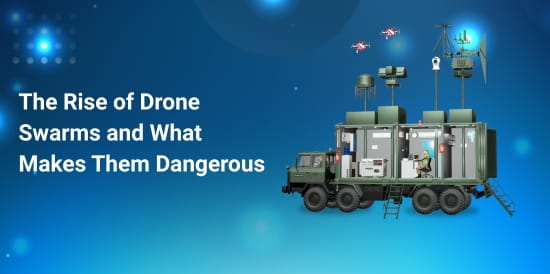
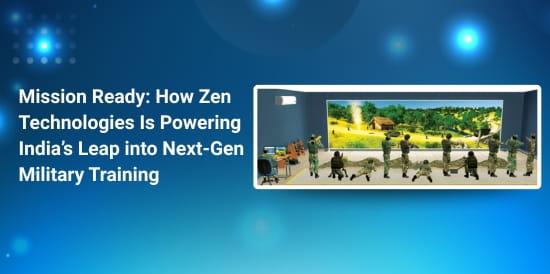
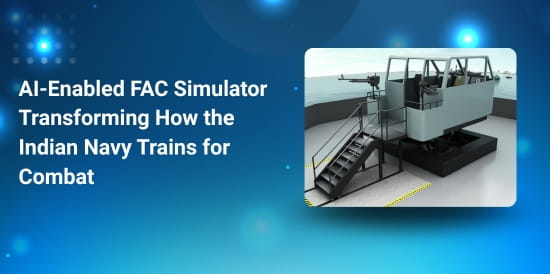
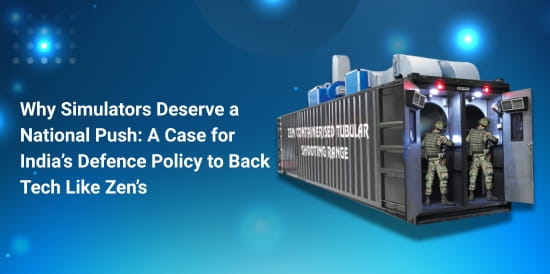
Leave feedback about this